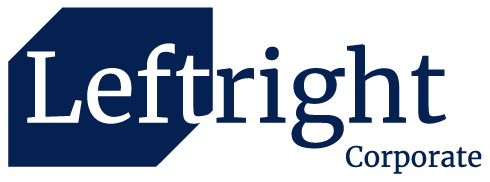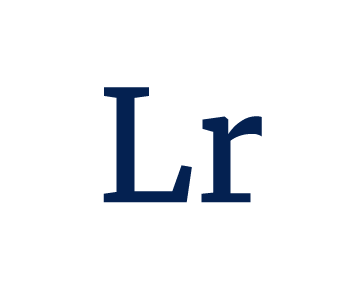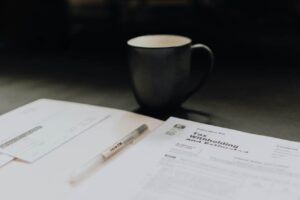TLDR: Year of Assessment (YA) is always +1 year from the financial year end.
For companies, if your FYE is DD MM 2021 (irrespective of day and month, only look at the year), then the corresponding YA is YA2022.
So, the YA for FYE 2022 would be 2023, and so on..
For individuals, the YA is always based on the previous calendar year. So YA2023 would take figures and basis from calendar year 2022.
What is Year of Assessment (YA)?
In Singapore context, as well as most of the rest of the world, the YA is the period with which your company, or you as an individual must pay taxes.
All individuals, and corporations must pay taxes in the respective YA.
How do you determine the Year of Assessment (YA)?
For Companies and Corporations
YAs are determined according to the most recent financial year end (FYE) date.
For example, if a company’s most recent FYE is 31st March 2018, the corresponding YA would be 2019.
In other words, YA 2019, based on FYE 31st March 2018. And YA2020 would be based on FYE 31st March 2019 and so on.
Note that the YA period does not consider the month of the FYE.
When determining your first financial year end, to maximize your tax benefits and exemptions, we recommend to stretch it as long as possible to a maximum of 12 months period.
For individuals
For individuals, YAs are usually determined based on the previous calendar year.
You will need to pay your personal income tax by 15th April (if filing by paper) or 18th April (if e-filing) each year. So for example, in the year 2019, you have to file your tax for YA2019, based on the income you have earned the previous calendar year, 2018.
In 2020, you have to file your income tax for YA2020, based on income received back in year 2019. Year 2021, YA2021, based on income in 2020, and so on.







